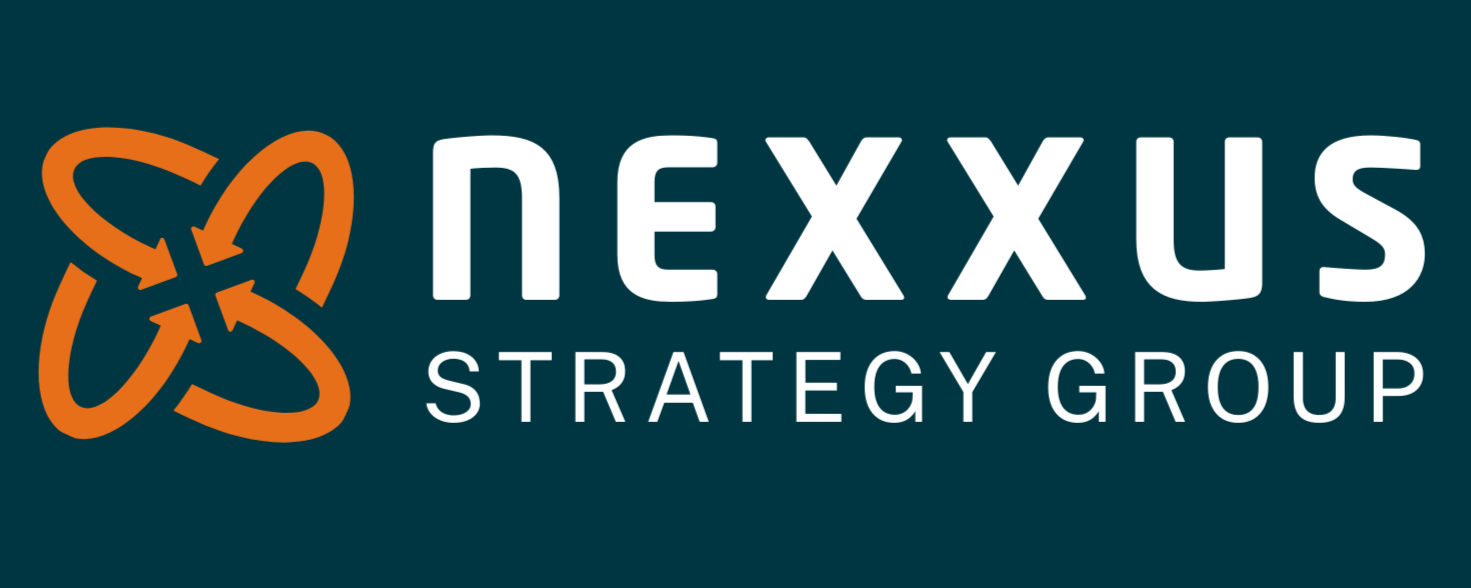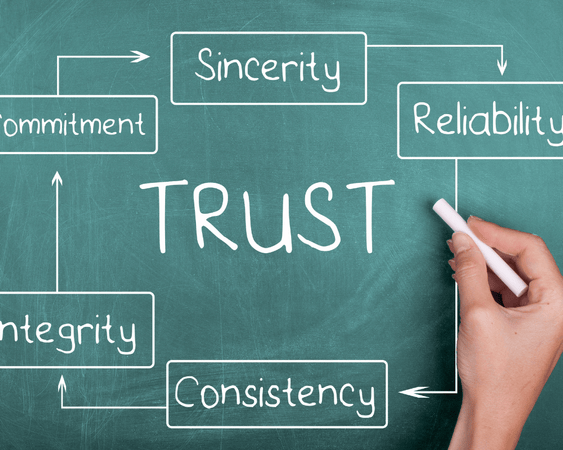Designing Accountability Systems That Build Trust
When state leaders talk about "accountability," reactions can be mixed. For policymakers, it signals compliance and transparency. For educators, it often means pressure and high stakes. For families, it can feel abstract or disconnected from their daily reality. The challenge is that accountability systems are meant to serve all of these audiences at once—and without trust, they fall short.
At Nexxus, we believe strong accountability systems do more than meet federal requirements. They create meaningful information that helps schools improve, communities engage, and students succeed. Building trust into these systems requires balancing technical rigor with accessibility, so that every stakeholder sees value in the results.
The Tension Between Compliance and Meaning
Federal laws like ESSA set baseline requirements for accountability, and states must produce detailed evidence during peer review. While this compliance work is important, it can sometimes lead to systems that feel designed "for Washington" rather than for local educators and families.
Trust grows when accountability systems are designed with the end-user in mind. That means policymakers and technical experts must partner with practitioners, parents, and communities to ensure measures are not only valid but also understandable and actionable.
What Builds Trust in Practice
Clarity and Transparency
Stakeholders must be able to understand what is being measured and why. Indicators like growth, absenteeism, or career readiness should be explained in plain language, not just technical terms.
Fairness and Equity
The system must demonstrate that it works equally well for all groups of students. This is where psychometric analysis and data disaggregation matter—not as an afterthought, but as the foundation of credibility.
Stakeholder Engagement
Teachers, administrators, and families need to be part of the design conversation, not just recipients of reports. Engaging them early creates buy-in and improves the likelihood of use.
Actionable Results
Accountability data should inform improvement, not just label schools. Reports that highlight strengths, needs, and resources make results more usable for districts and communities.
Examples of Building Trust
Designing a peer review evidence plan that not only satisfies federal reviewers but also produces reports educators can actually use.
Supporting a state board in revising accountability indicators to include both growth and absenteeism, with clear explanations for families.
Facilitating stakeholder workshops to align legislators, district leaders, and community voices on what accountability should measure.
Creating a dashboard that transforms technical accountability results into visuals parents and the public can easily understand.
Why This Matters
Accountability systems are not just technical frameworks; they are public promises. When stakeholders trust the measures, they are more willing to act on the results—whether that means adjusting instruction, allocating resources, or advocating for change. When systems lack trust, data becomes another compliance checkbox.
By focusing on clarity, fairness, engagement, and actionability, accountability systems can become what they were always intended to be: tools for continuous improvement and public confidence.
At Nexxus, we help leaders design systems that meet compliance requirements and build trust where it matters most—in classrooms and communities.



